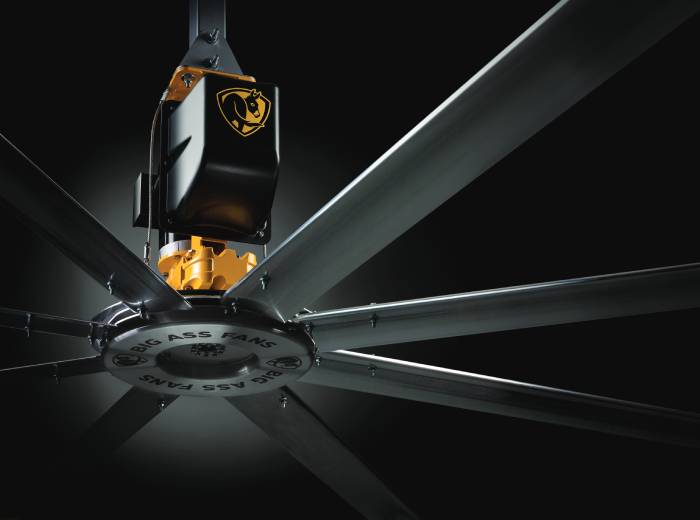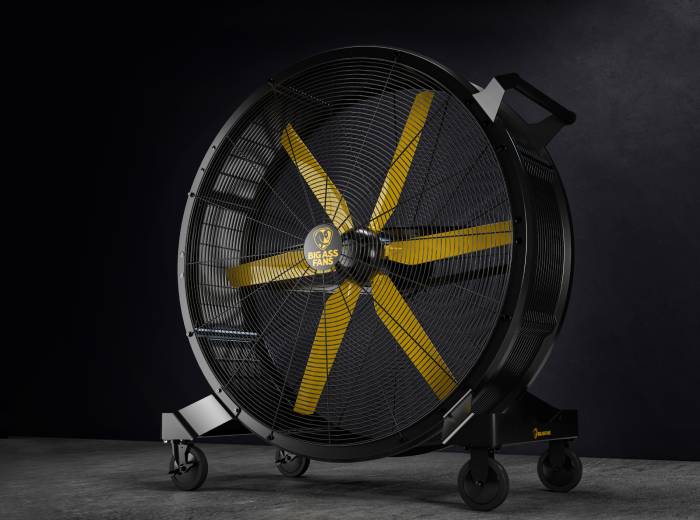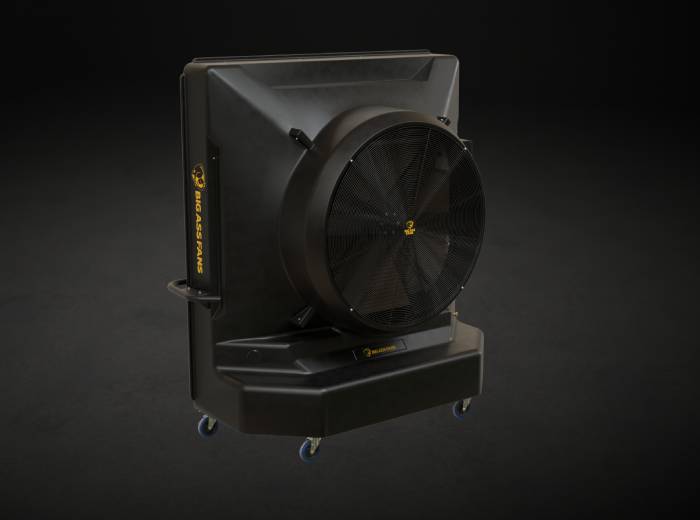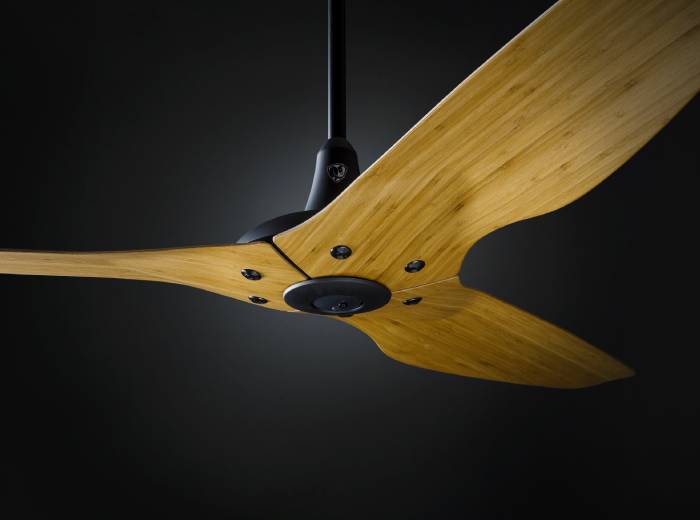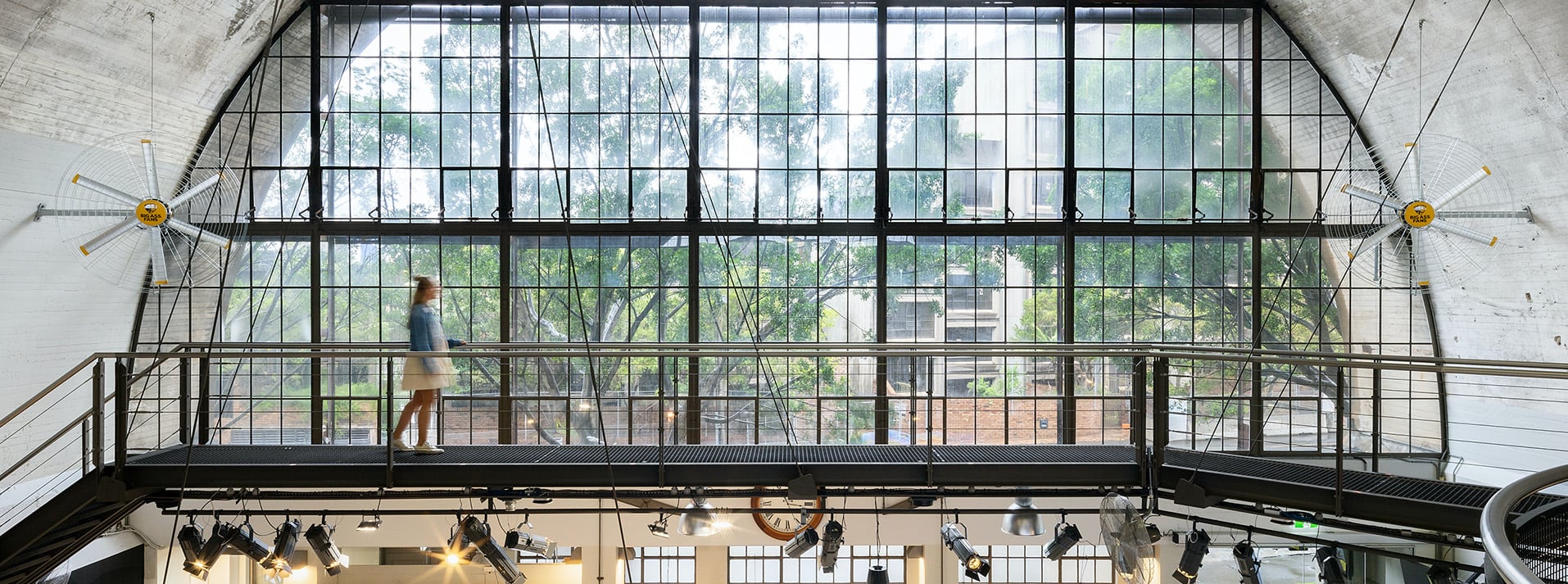-1.jpg?width=1220&height=600&name=BlackJack_Assembly_1068%20(1)-1.jpg)
A Comparison: Forward Curved vs Backward Curved Fan Blade
Choosing the correct ventilation system for your space is an important decision. One detail that often gets overlooked is fan blade design. It might not sound like a game-changer, but choosing between forward curved and backward curved fan blades can significantly affect your HVAC system’s performance, noise levels, and long-term costs.
These two blade types are engineered for different environments and needs. In this guide, we’ll walk you through the pros and cons of each style so you can make an informed choice that supports your bottom line.
overview of fan blade geometry
Blade curvature is all about the angle and direction of the fan blades as they spin. This shape plays a big role in how the fan moves air. Forward curved blades tilt in the same direction as the fan’s rotation. They usually have more blades that are packed closely together, making the fan compact and generally quieter. Backward curved blades tilt in the opposite direction. These tend to have fewer, wider blades designed to be more durable and handle tougher conditions.
Both blade types are used in centrifugal fans, which pull air in along the shaft and push it out at a right angle. The curve of the blades makes a noticeable difference in performance, affecting things like how much air the fan moves, how well it handles resistance, how loud it is, and how much energy it uses. Understanding these differences helps you choose the fan that best fits your business’s needs.
forward curved fans: features and benefits
Forward curved fans generate high volumes of air at low static pressures. This makes them ideal for applications where space is tight, and moderate airflow is needed. You’ll commonly find forward curved fans in HVAC systems, residential air handlers, bathroom exhaust fans, and small ducted systems.
They’re a great fit when you need compact size, quieter operation, and lower upfront costs. Their lower blade speed tends to reduce noise, making them suitable for indoor environments. However, they’re less efficient in systems with high resistance and can overwork themselves if not properly matched to the system.
backward curved fans: features and benefits
Backward curved fans are known for delivering lower airflow but handling much higher pressure, which makes them perfect for more demanding ventilation tasks. They’re often used in industrial ventilation, clean rooms, lab hoods, and dust collection systems.
They tend to be more energy-efficient, are built to last, and won’t overload even under pressure. The trade-off? They usually cost more up front and run louder, especially at higher speeds.
side-by-side comparison
|
Feature |
Forward Curved Fans |
Backward Curved Fans |
|
Airflow Volume |
High |
Moderate |
|
Static Pressure Handling |
Low |
High |
|
Noise Level |
Low |
Higher |
|
Energy Efficiency |
Moderate |
High |
|
Best For |
HVAC, low-resistance |
Industrial, clean rooms |
application-based decision making
If you have a smaller commercial space or need a quiet HVAC solution, a forward curved fan might be the way to go, especially in low-pressure systems. But if you're dealing with a high-pressure setup or systems that include air filtration, a backward curved fan will likely perform better and save more energy over time.
Another consideration is your environment. Offices, retail shops, and healthcare settings benefit from quieter fans, while industrial sites can handle a bit more noise in exchange for durability and power. If energy use is a concern, the efficiency of a backward curved fan might justify the higher initial cost.
maintenance and cost considerations
Backward curved fans often have a longer lifespan due to their robust construction and ability to run efficiently under heavy loads. Forward curved fans may be cheaper to install but might need replacing sooner in demanding environments.
Maintenance also plays a role. The tightly packed blades on forward curved fans can make cleaning trickier, while backward curved fans usually offer easier access. When you consider the total cost of ownership, forward curved fans are generally more budget-friendly upfront but may cost more over time in energy and upkeep. Backward curved fans are an investment, but one that often pays off in performance and reliability.
summing up
Choosing between forward curved and backward curved fan blades isn’t a one-size-fits-all decision. Each blade type has strengths and limitations based on airflow, pressure requirements, energy efficiency, and maintenance.
For low-pressure, quieter commercial spaces, forward curved fans are a practical, budget-friendly option. For high-resistance systems where performance, durability, and energy savings matter most, backward curved fans may be a better long-term investment.
Visit Big Ass Fan to check out the variety of fans for your needs!

